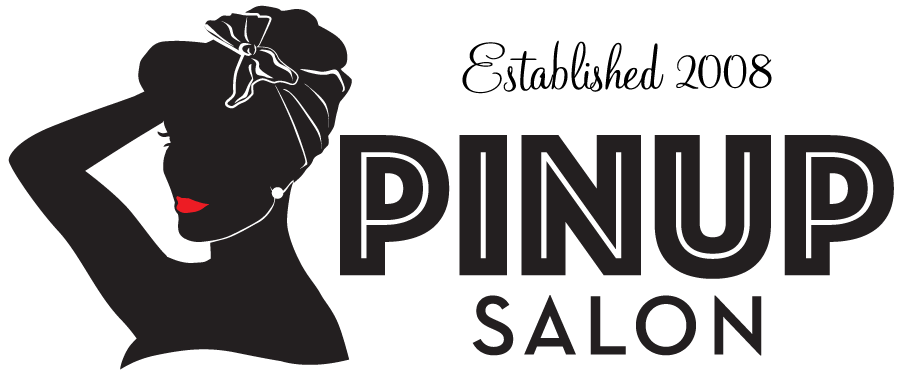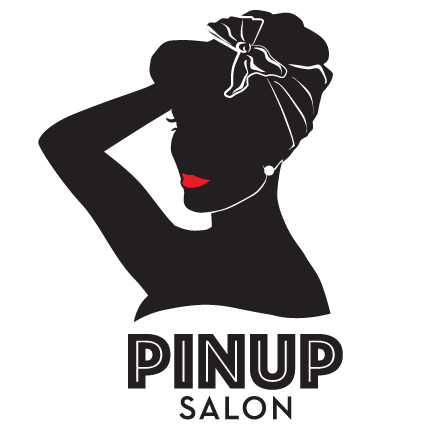The Complete Guide to Curly Hair Care
Curly hair is incredibly common but often misunderstood, even by those who were gifted with natural curliness to their hair. From how it responds to shampoo and conditioner treatments to the impact of heat styling and products, curly hair is quite different than straight hair types. Running a brush through it won’t make your hair seem well-managed and sleek; it could very well produce a riot of tangles and an undesired increase in overall hair volume.
What’s a lady with curly hair to do? Read on, and do not despair. With the right information, it’s easy to make the most of your curly hair.
First of all, it’s important to understand that just like curly hair differs from straight or wavy hair, different kinds of curly hair are unique among themselves as well. From soft waves to straight spirals to naturally coiling hair, each of these varieties of curly hair demand different kinds of care.
If you’re not sure what kind of curly hair you actually have, you can take this simple quiz to figure it out. Once you know what kind of curls you are sporting, it becomes much easier to formulate a plan for its care and maintenance.
Tips for Washing Curly Hair
Washing your hair can be an hours-long affair if you have curly hair, particularly if it coils or there is a lot of it (either in terms of follicle density or overall hair length). For this reason, many women may choose to only wash their hair once or twice a week, employing a shower cap to keep your hair dry during your daily shower ritual.
Showering daily is still important, but ladies with curly hair understand how difficult it can be to have to wash, detangle, style, and dry their hair every day. Not only does it make little sense in terms of time, washing every single day can actually be detrimental to the health of your hair and scalp.
When it is time to wash, you may want to consider using a no-poo hair washing method. Also sometimes called co-washing by those who use hair conditioner as a replacement for cleansing shampoos, a shampoo-free washing method can do a lot to improve your hair texture, manageability, and overall health.
Some people may recommend using a baking soda paste to scrub your scalp; this method is incredibly drying to your scalp and your hair and isn’t recommended unless you have real issues with oily hair. To ease into the no-poo method, try just skipping the shampoo, while working your hair with your fingers and massaging your scalp like you typically would, using only the hot water from your shower.
Adding Conditioner
If you find that your hair is too dry or too tangled, adding the conditioner washing method may be your best option. It will help soften and strengthen your hair, and using the right product may even make it easier to comb, detangle, and style after your shower. Apply the conditioner at the bottom of your hair, working your way up to the scalp a little at a time.
If skipping the shampoo just isn’t an option for you, it’s important to be careful with the amount of shampoo and conditioner that you’re using while in the shower. Less is typically more; curly hair can be notoriously hard to rinse clean, and you don’t want residue weighing your beautiful curls down. If you have very fine curls, you may want to use a hairnet to protect the separation and structure of your curls.
Tips for Drying and Styling Curly Hair
Have you been twisting your hair up into a towel, only to end up with a frizzy mess? What could be more frustrating than all those frizzy sections and flyaways making your freshly washed hair seem more like messy bed head? One of the easiest ways to combat this towel frizz is to purchase a t-shirt that you use for drying your hair. Squeeze the excess water out of your hair, but don’t twist your locks to wring them out. This can mess with your curl structure, pull hairs out, and break them! Use the t-shirt to pat and rub your hair dry. It will be less abrasive and result in less frizz. The downside is that they’re less absorbent than towels, so you may need to use more than one.
Don’t use a brush on your curly hair. Pick a wide toothed comb instead, which will not create the same frizziness and volume issues that brushes often do. Alternatively, you may prefer to simply finger-comb your hair to address tangles and snarls. If you find that you lose hair every time you detangle or comb, consider lining your sink with plastic wrap prior to beginning; this makes clean-up very quick and simple, while also ensuring you won’t have to call a plumber because of hair build-up in your drain pipes.
Getting Comfortable
Whether you’re using a comb, a detangler, or your fingers, practice until you’re comfortable with the process. Choose the method that works best for your skill level and your type of curly hair. Like when you apply conditioner, it’s best to start at the tips or very bottom of the hair and work your way up to the scalp. This makes it easier to work out snarls without breaking or pulling out your hair.
You may choose to add mouse, detangler, or anti-frizz serum at this point, while your hair is damp but not wet. These products are more effective on damp hair, not to mention much easier to apply.
Ideally, you would use t-shirts and the ambient air in your home to dry your hair. However, sometimes, we’re pressed for time and can’t wait for nature to take its course. On those days, it is much easier on your hair to use a diffuser for drying, as opposed to a traditional hair dryer. The diffuser carefully distributes the heat evenly, helping to prevent the majority of the frizz caused by traditional blow drying. The Devafuser is a unique product, designed specifically for women with curly hair. It blows air all around the hair. It was created specifically for the improvement and care of naturally curly hair.
Tips for Curly Hair Ongoing Maintenance
One of the best ways to protect your curls and your hair health is to invest in a humidifier. One for your home will help while you’re there, and a small one for your space at work can also be beneficial, if you boss and workplace allow it.
Trim your ends every six to eight weeks. Regular haircuts and trims help prevent split ends and overall fraying that can leave your hair looking less than awesome. If you’re starting with a new stylist, make sure he or she cuts and styles your hair when it is dry, as wet curly hair shrinks substantially when it dries, and that amount varies from person to person. A dry cut ensures that your hair length is where you want it.
Finally, use the same brand of products consistently, and find a formula designed for your kind of curly hair. DevaCurl offers a variety of formulas for all kinds of curly hair. Whether you have wavy hair or super curly hair that coils, DevaCurl has premium hair care products to maximize your curls and the health of your hair.
Featured photo source: Pixabay.com



